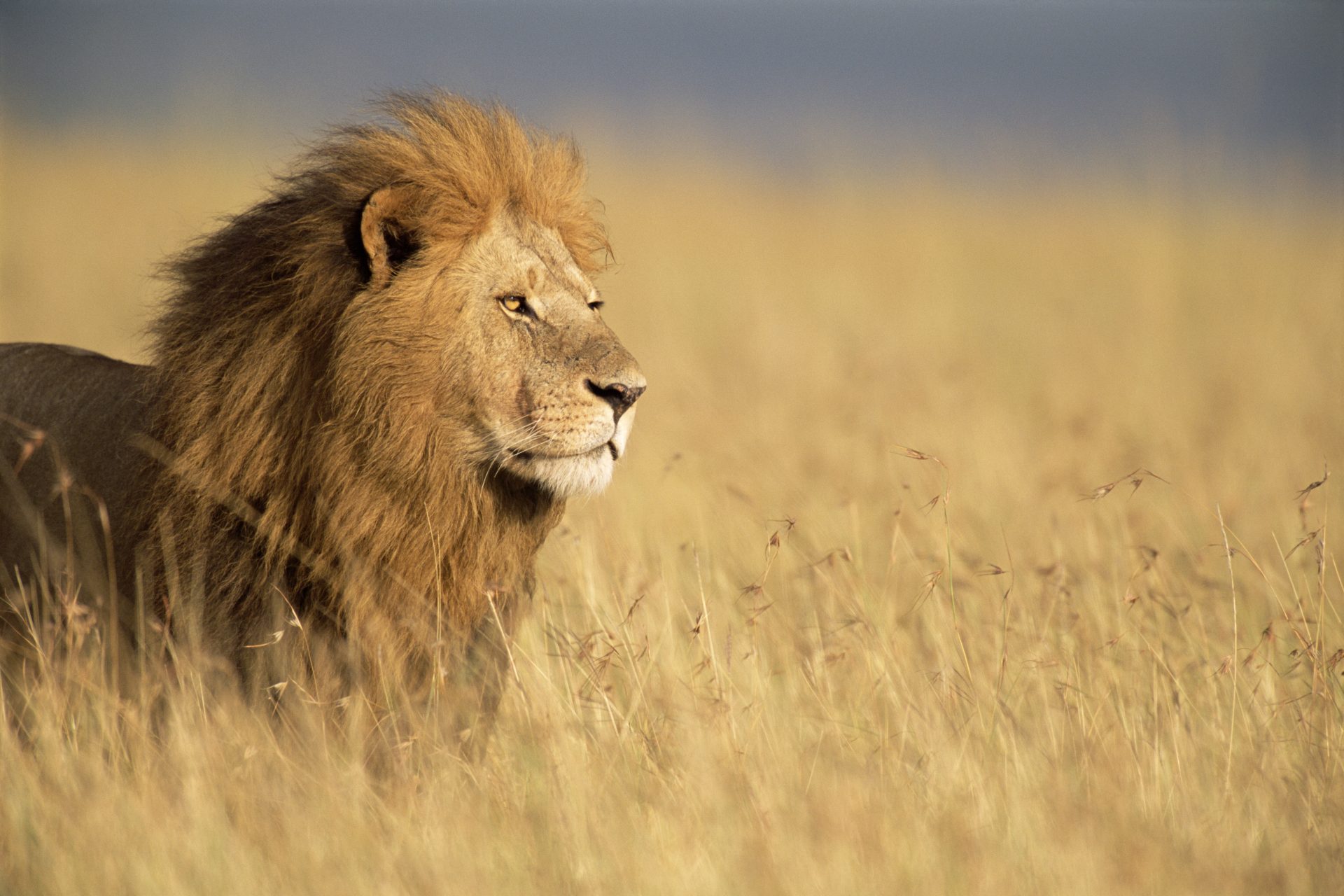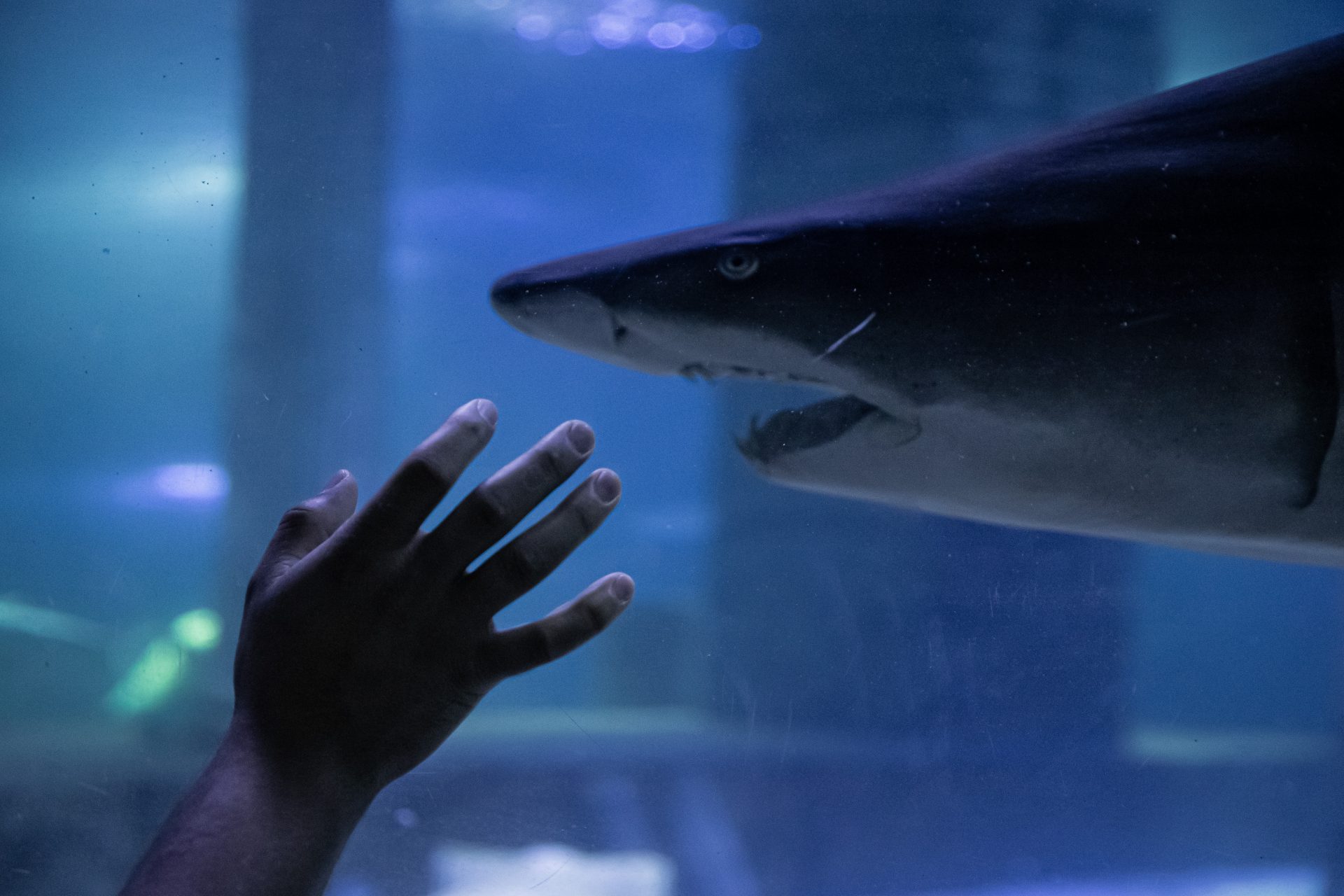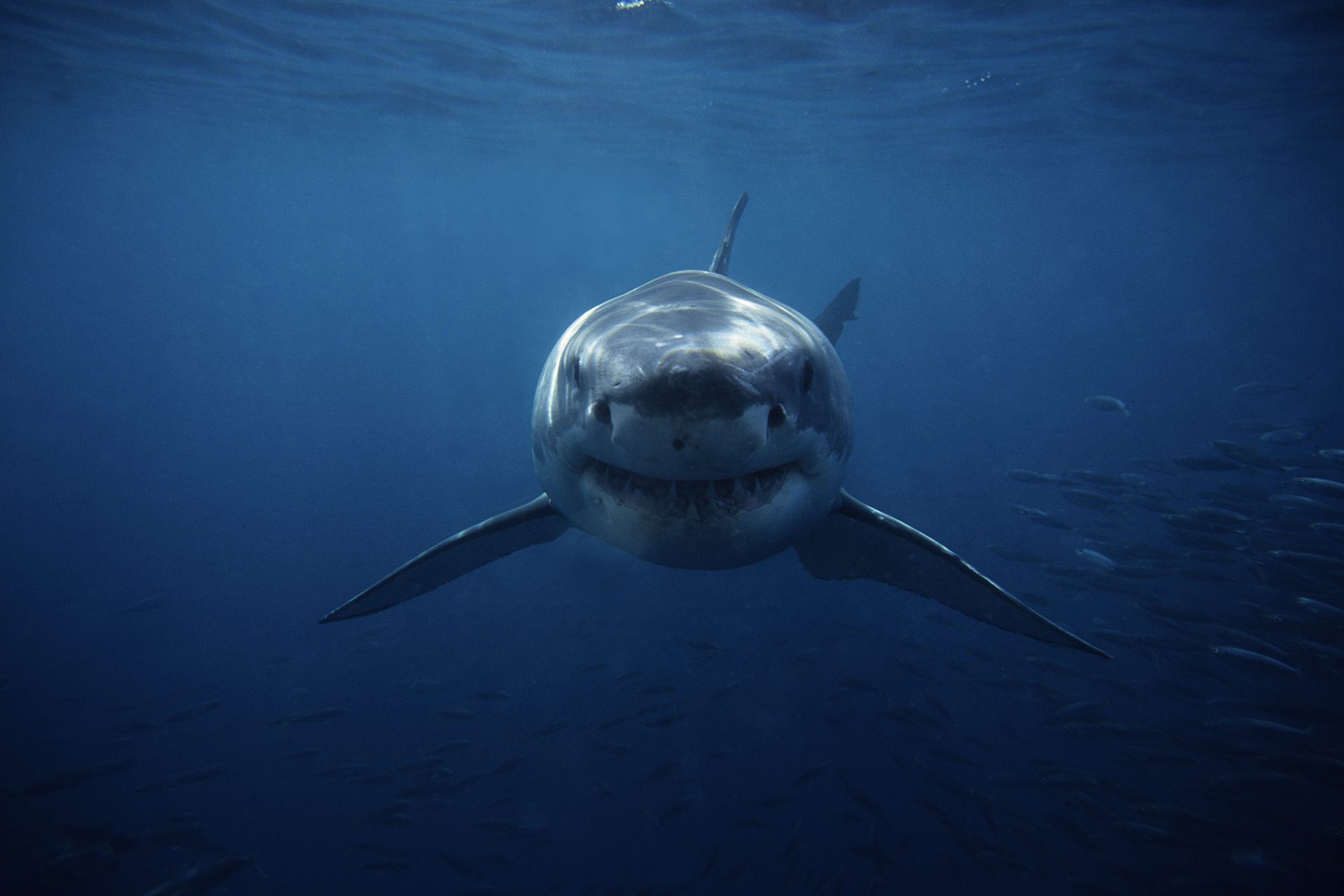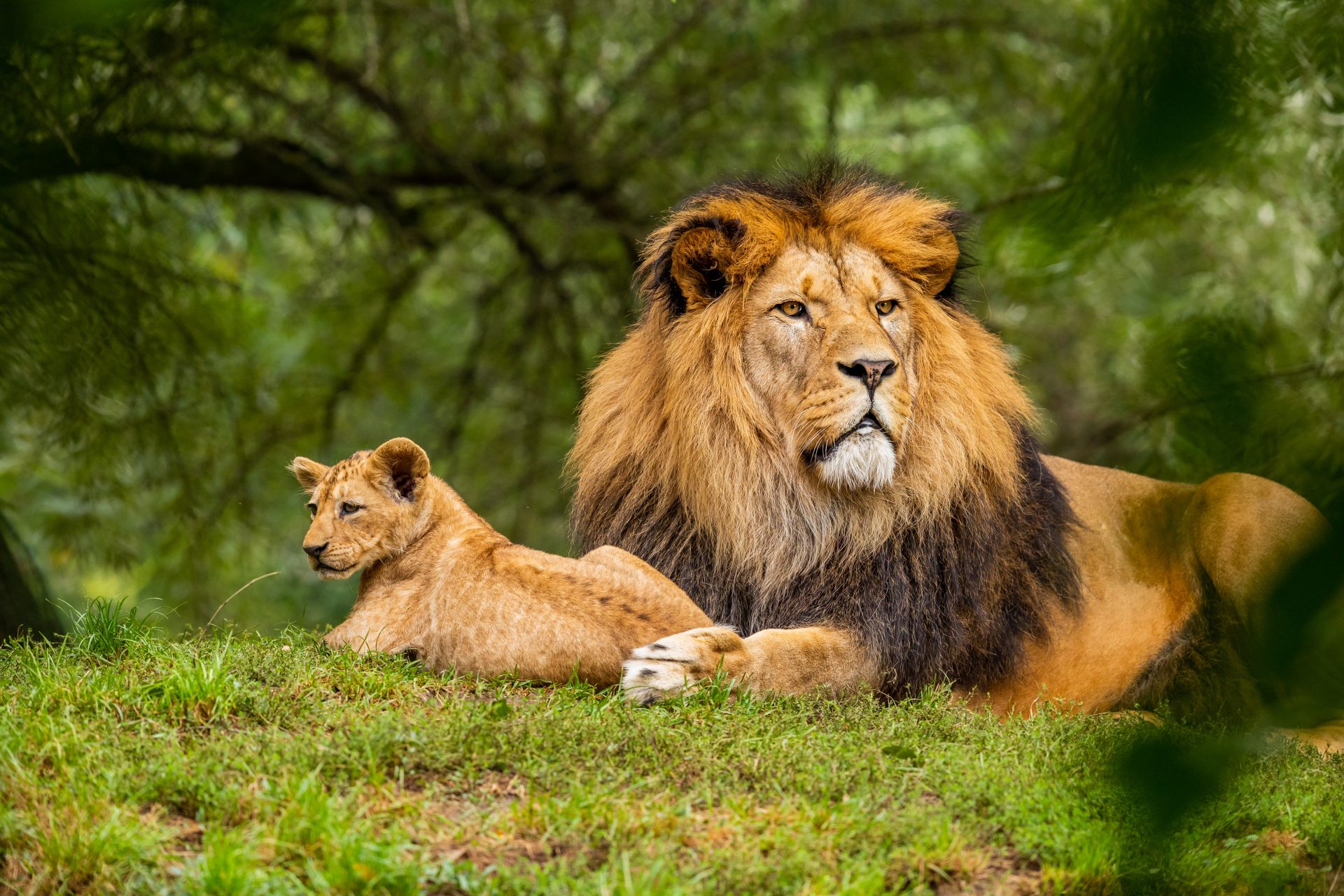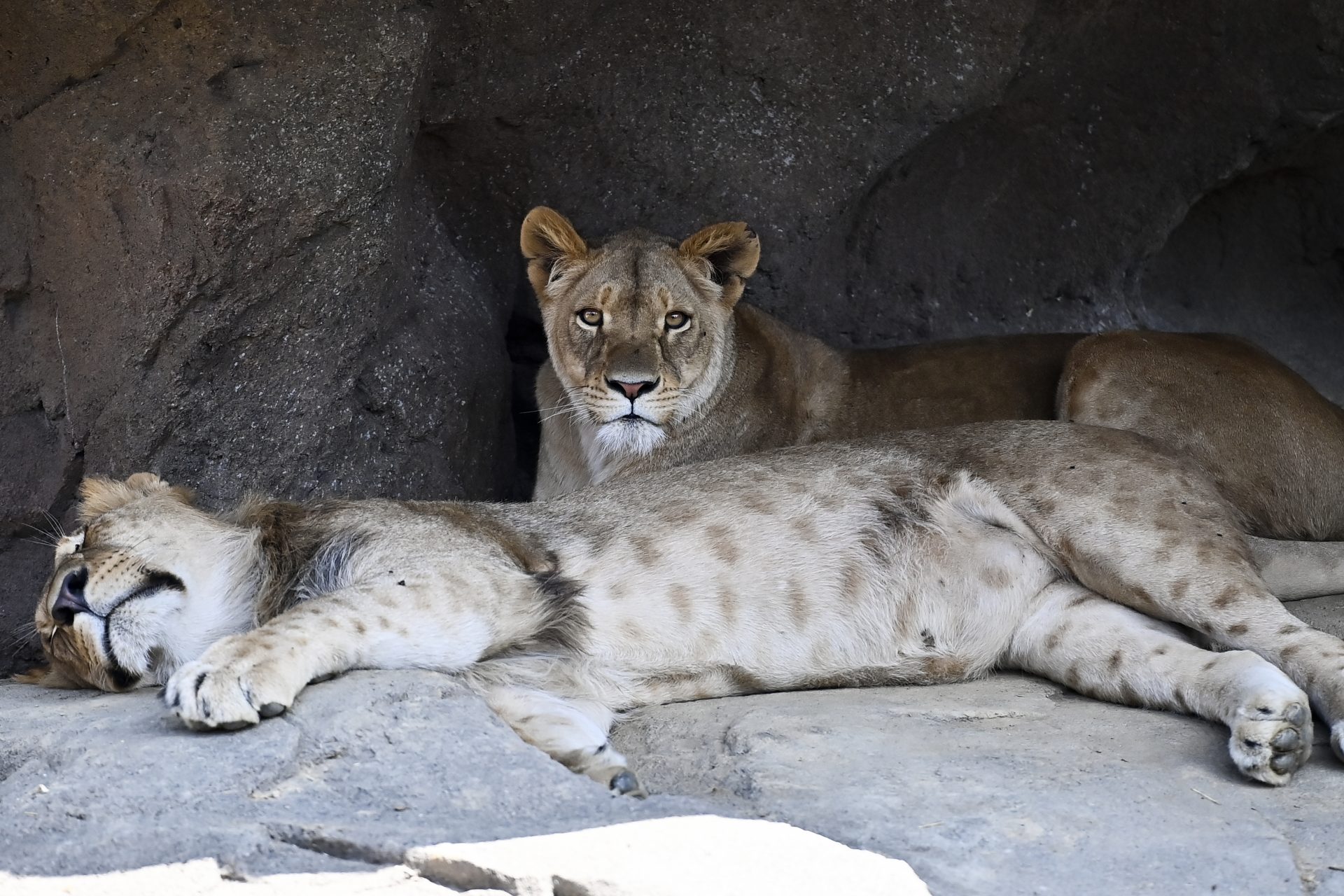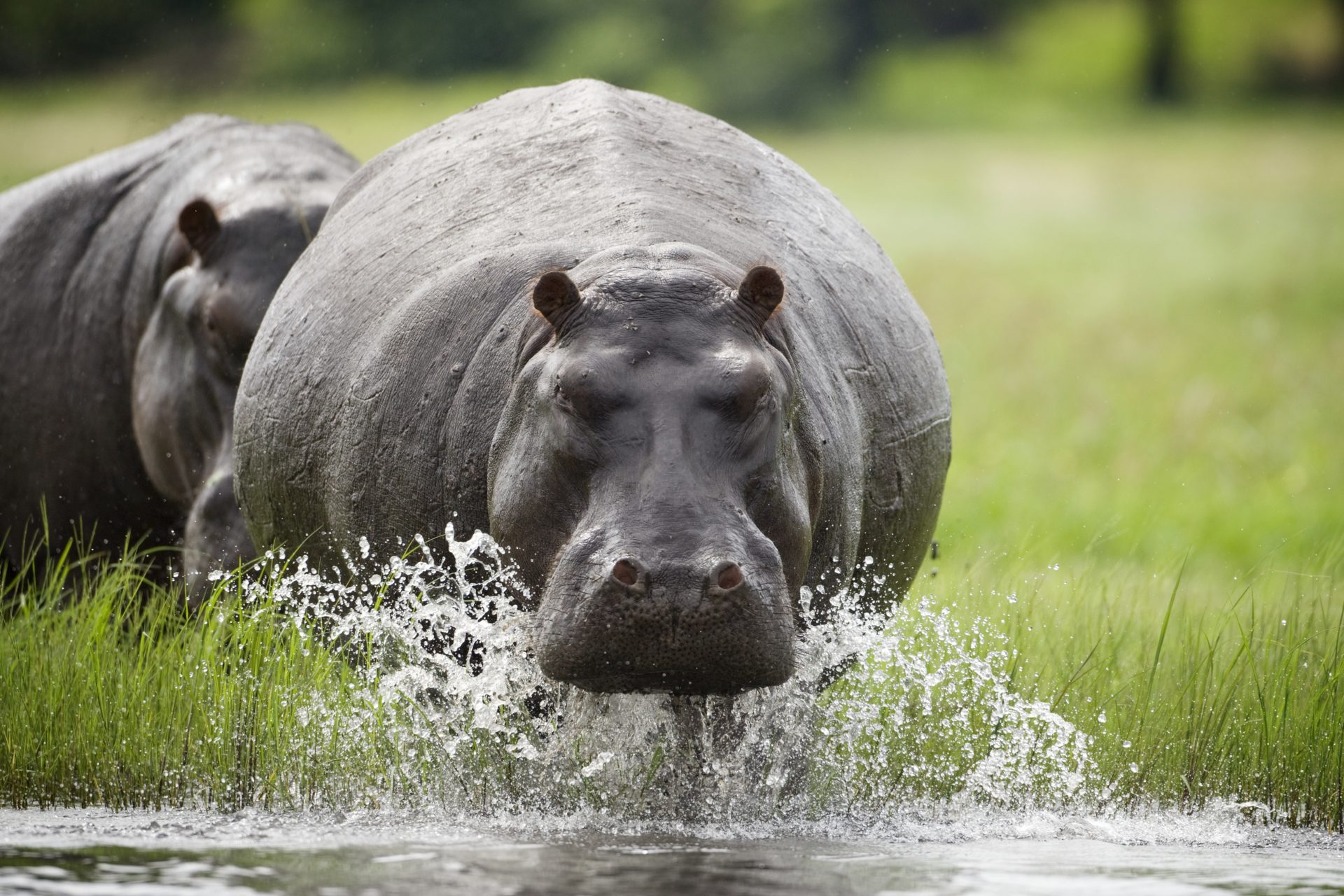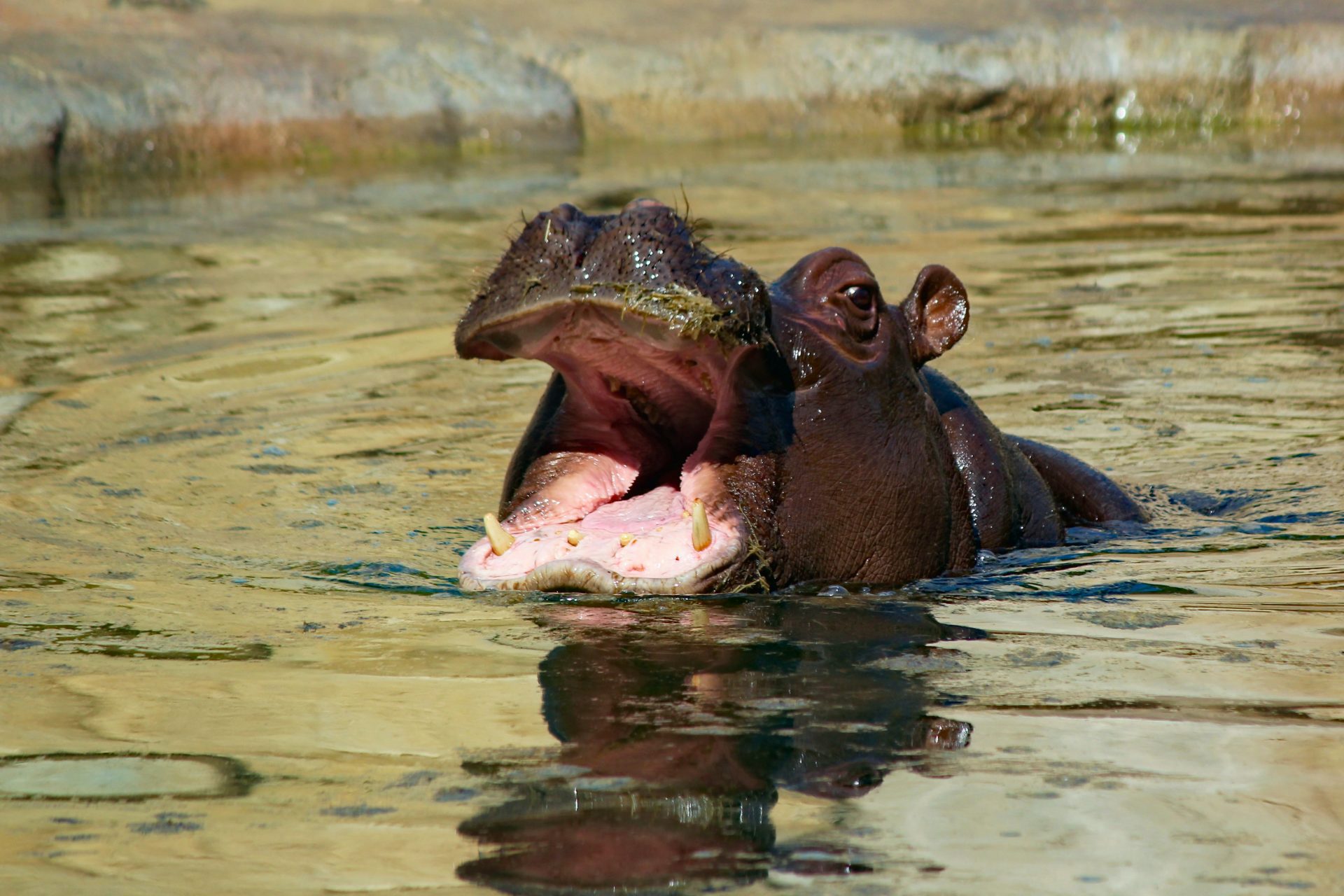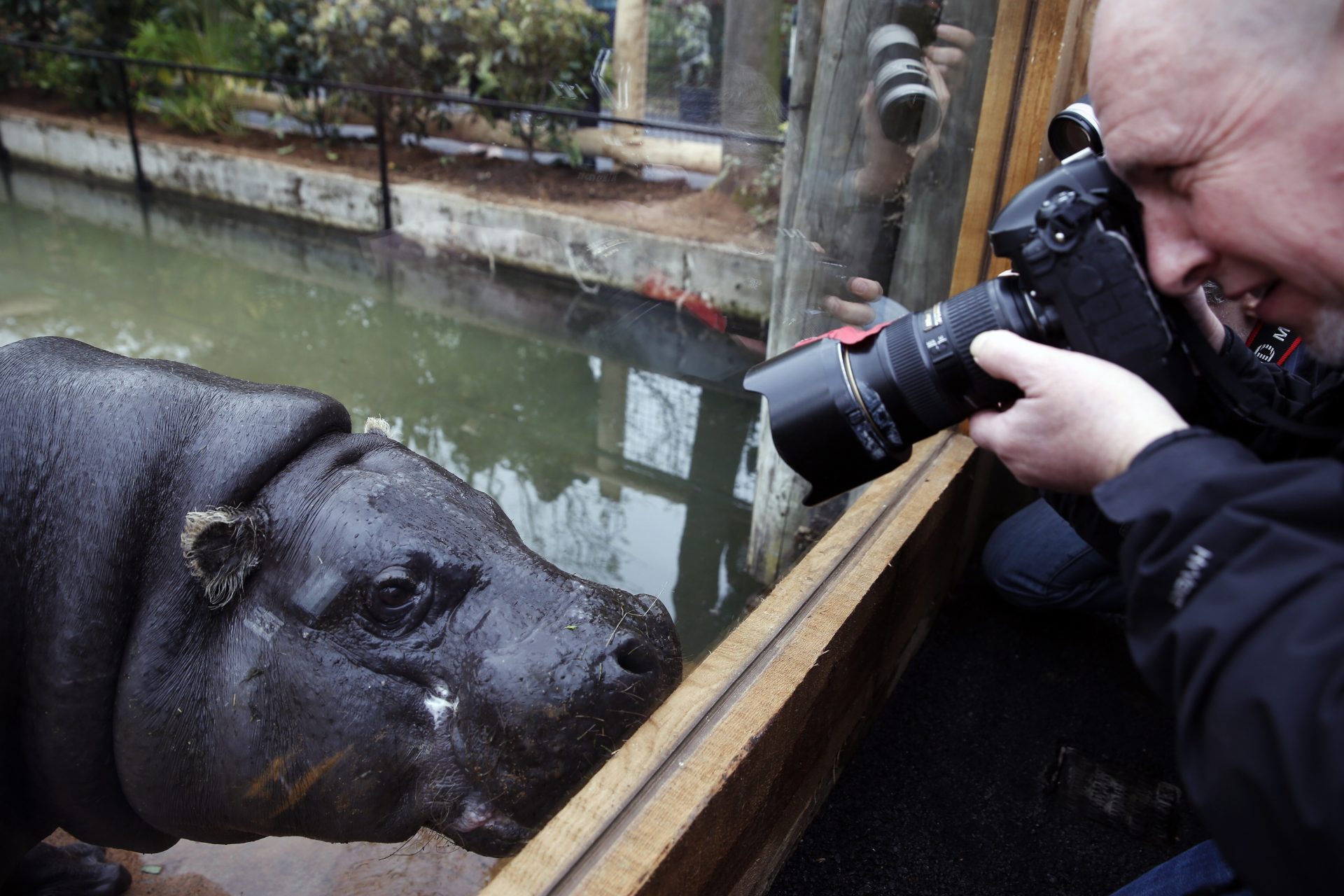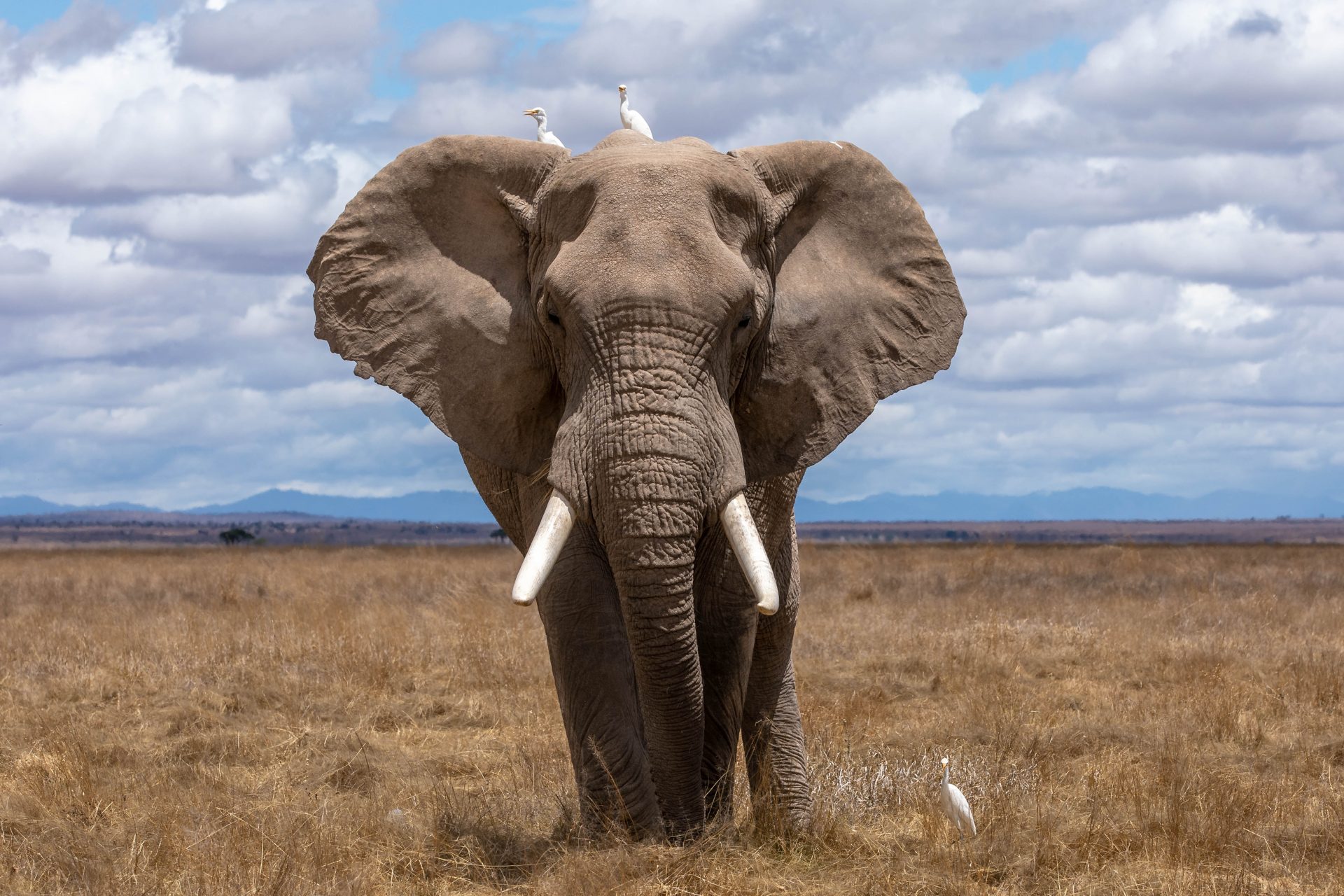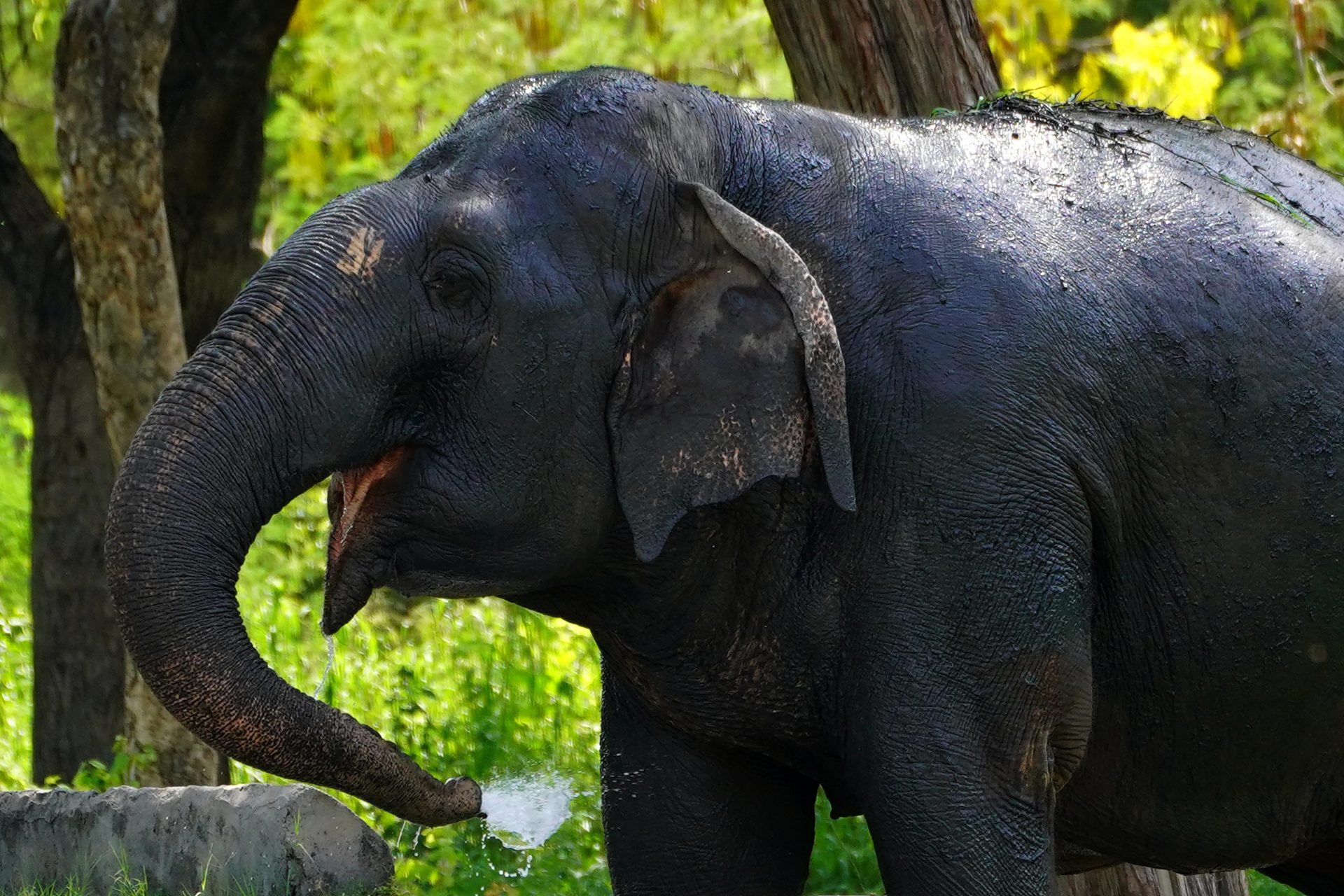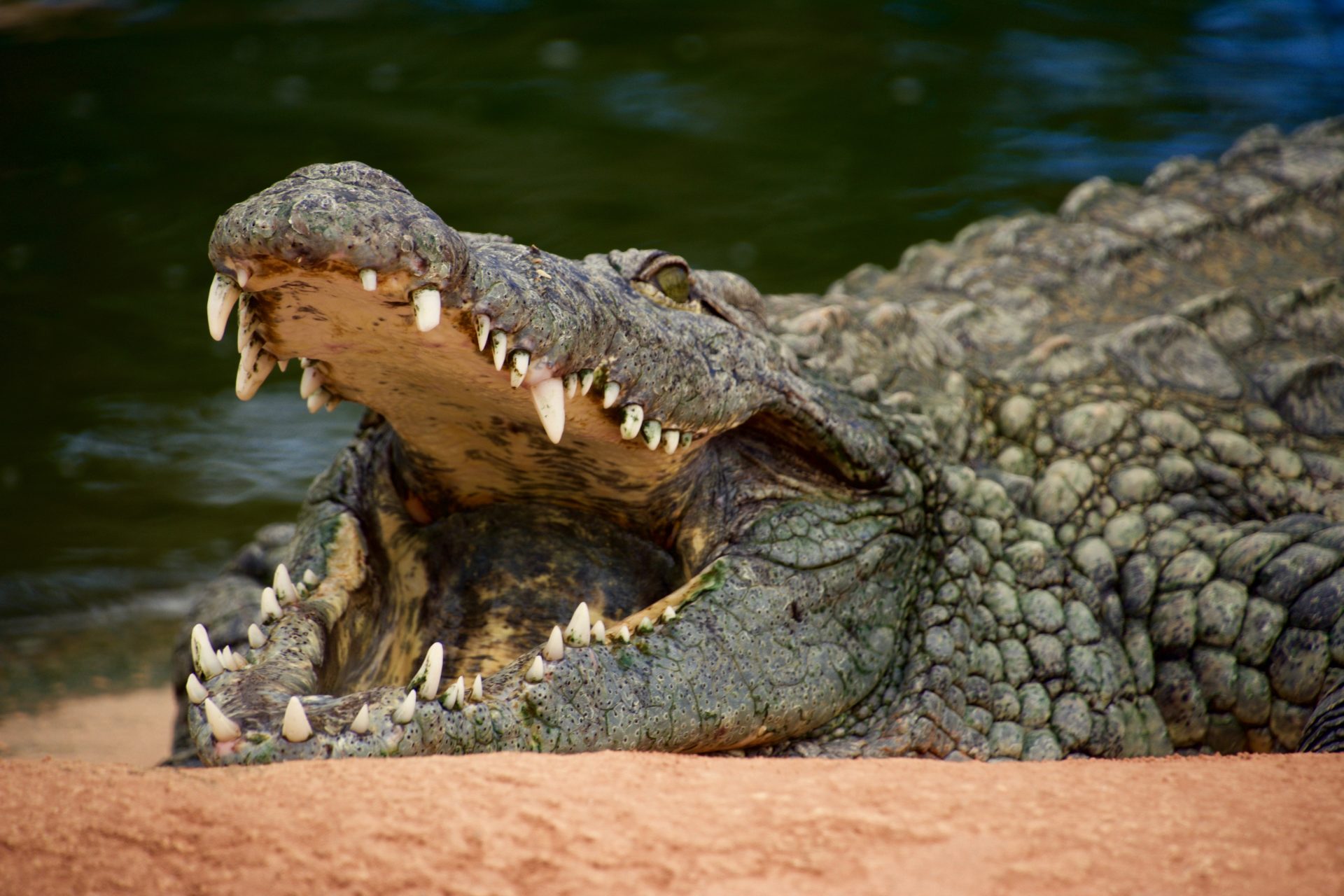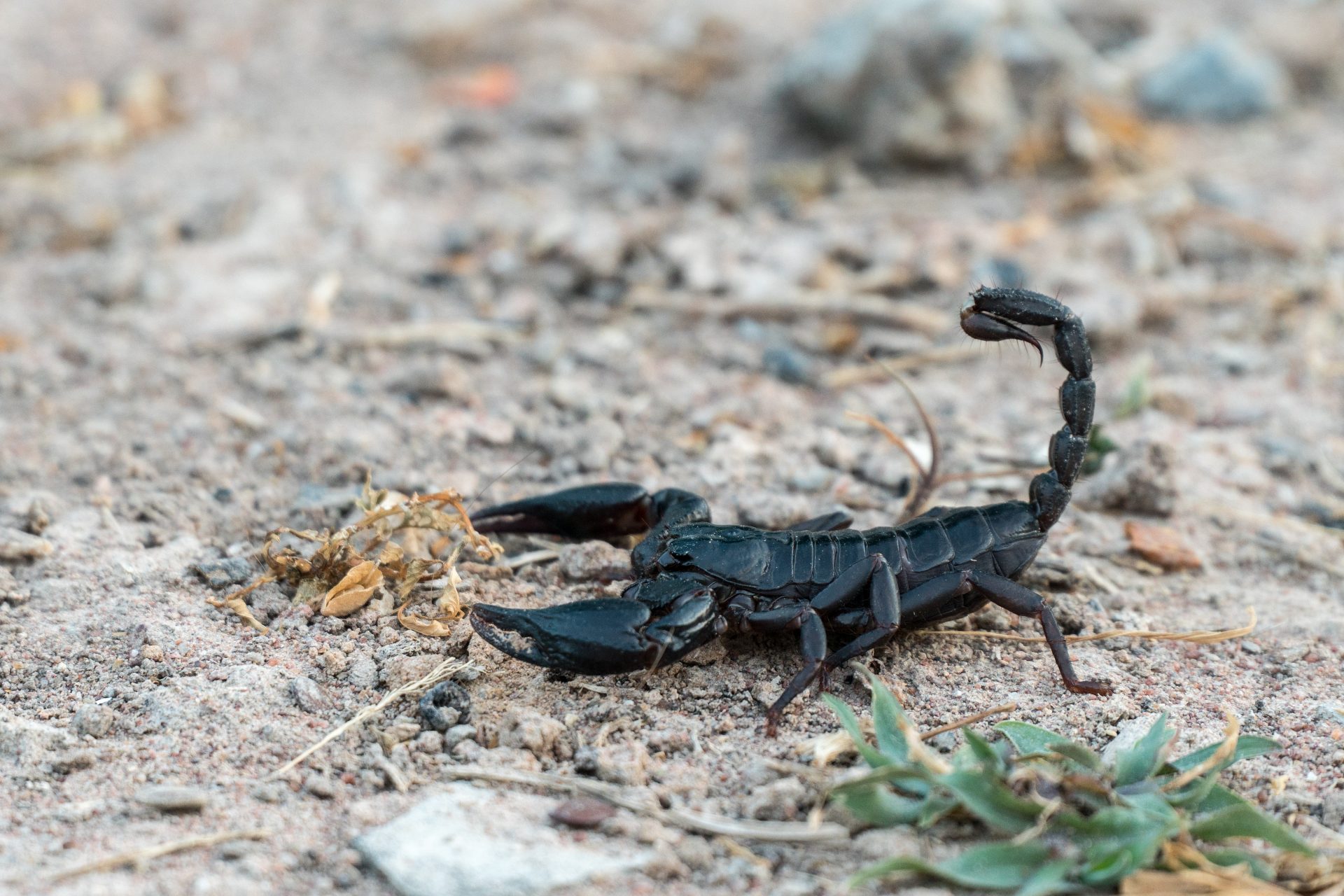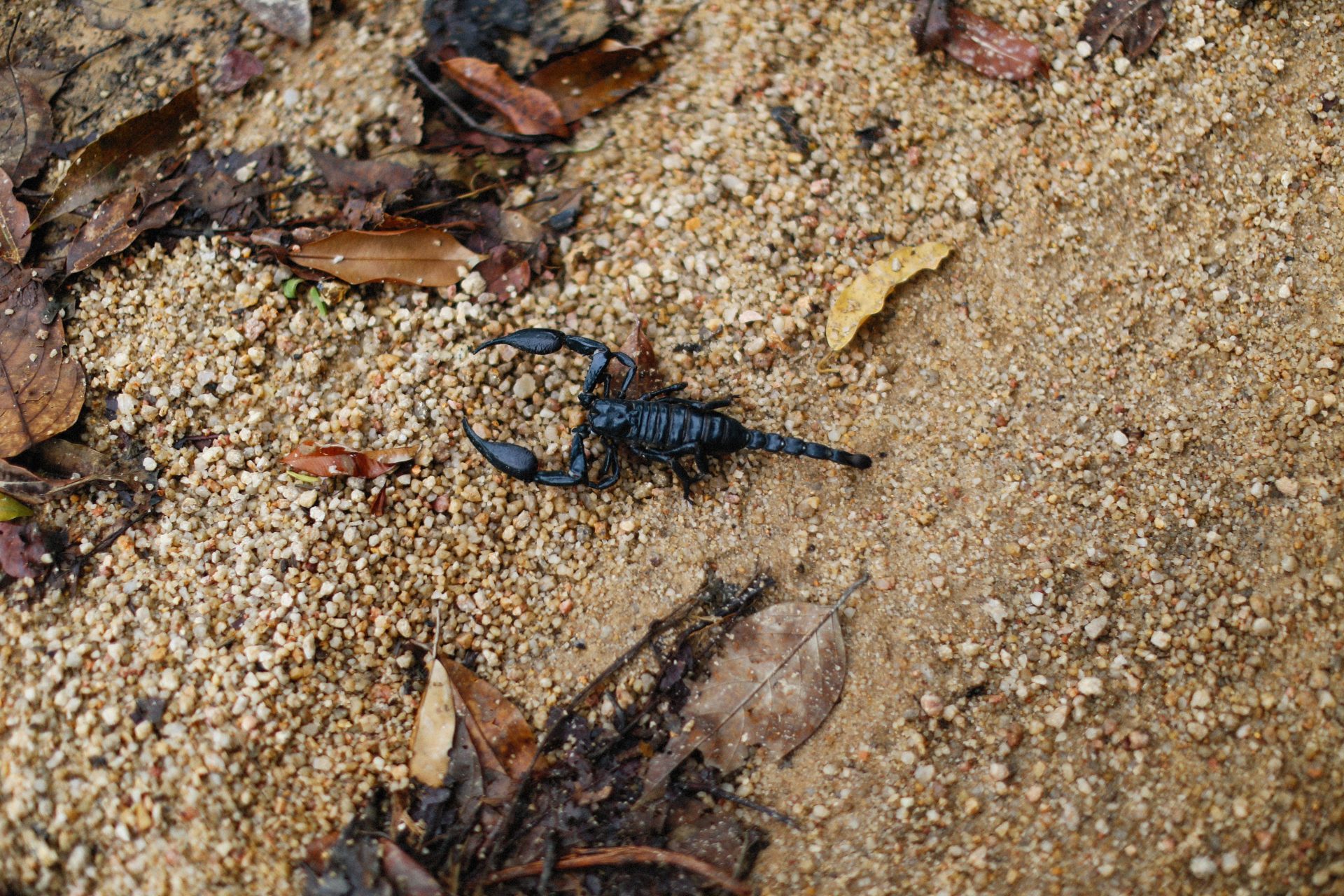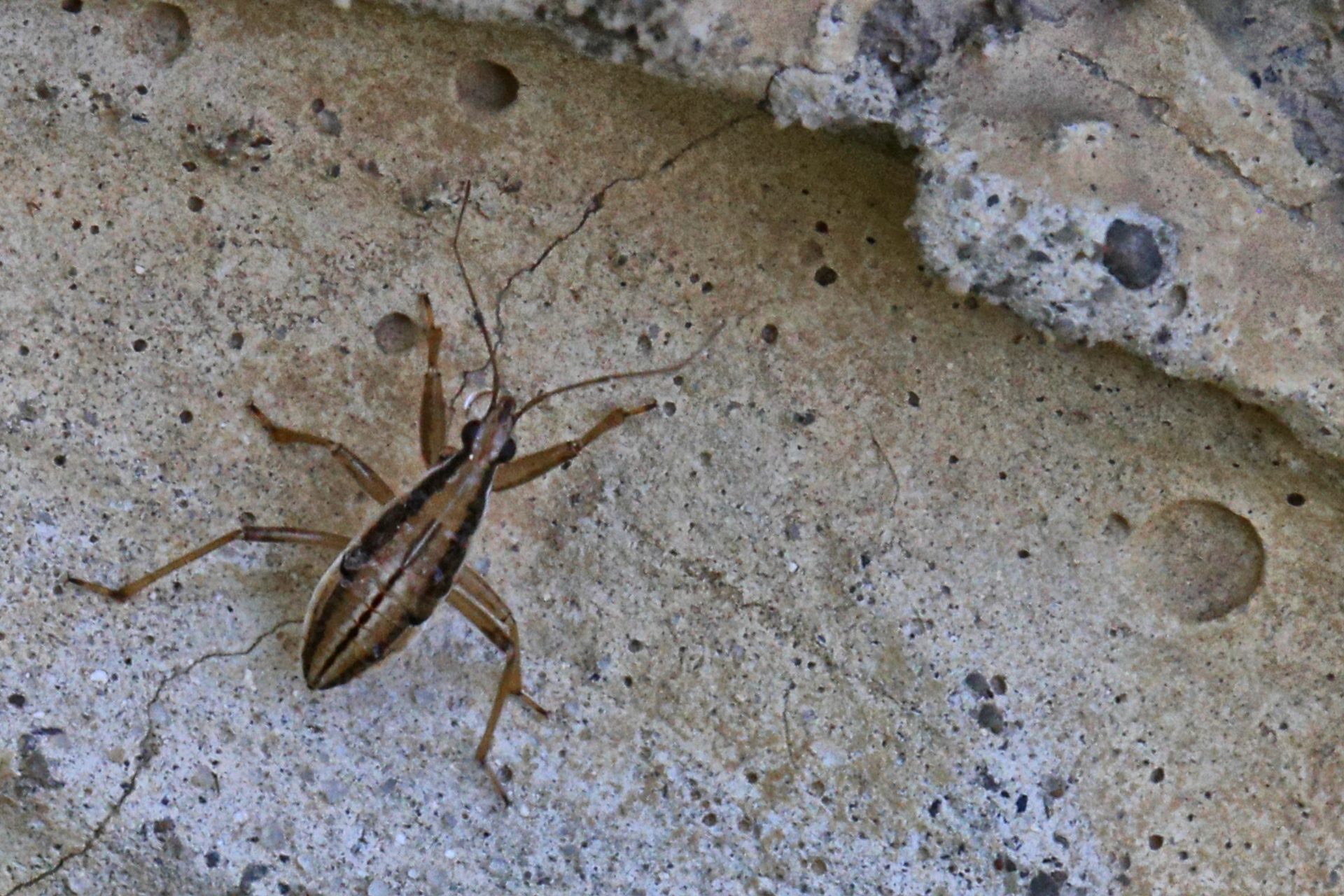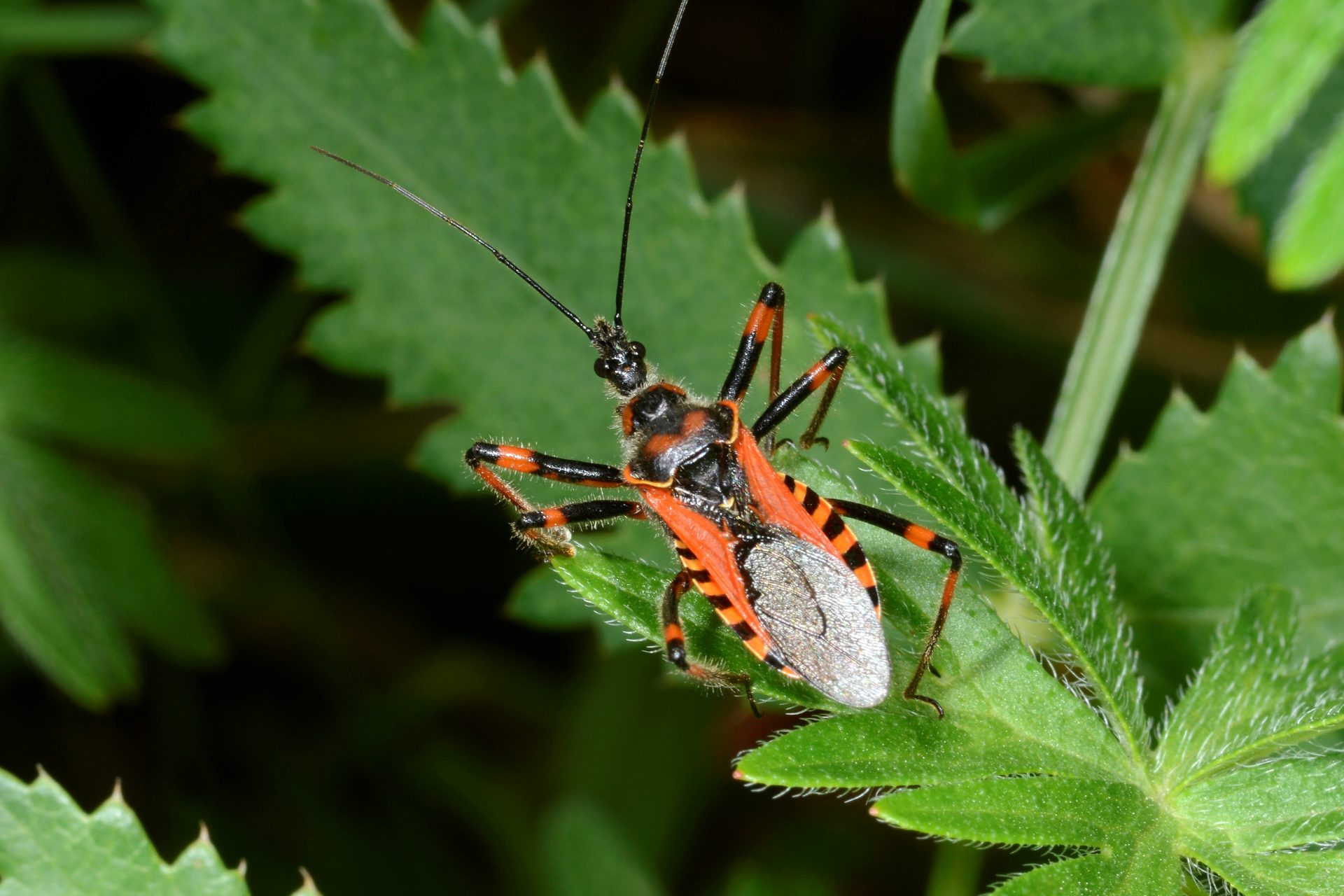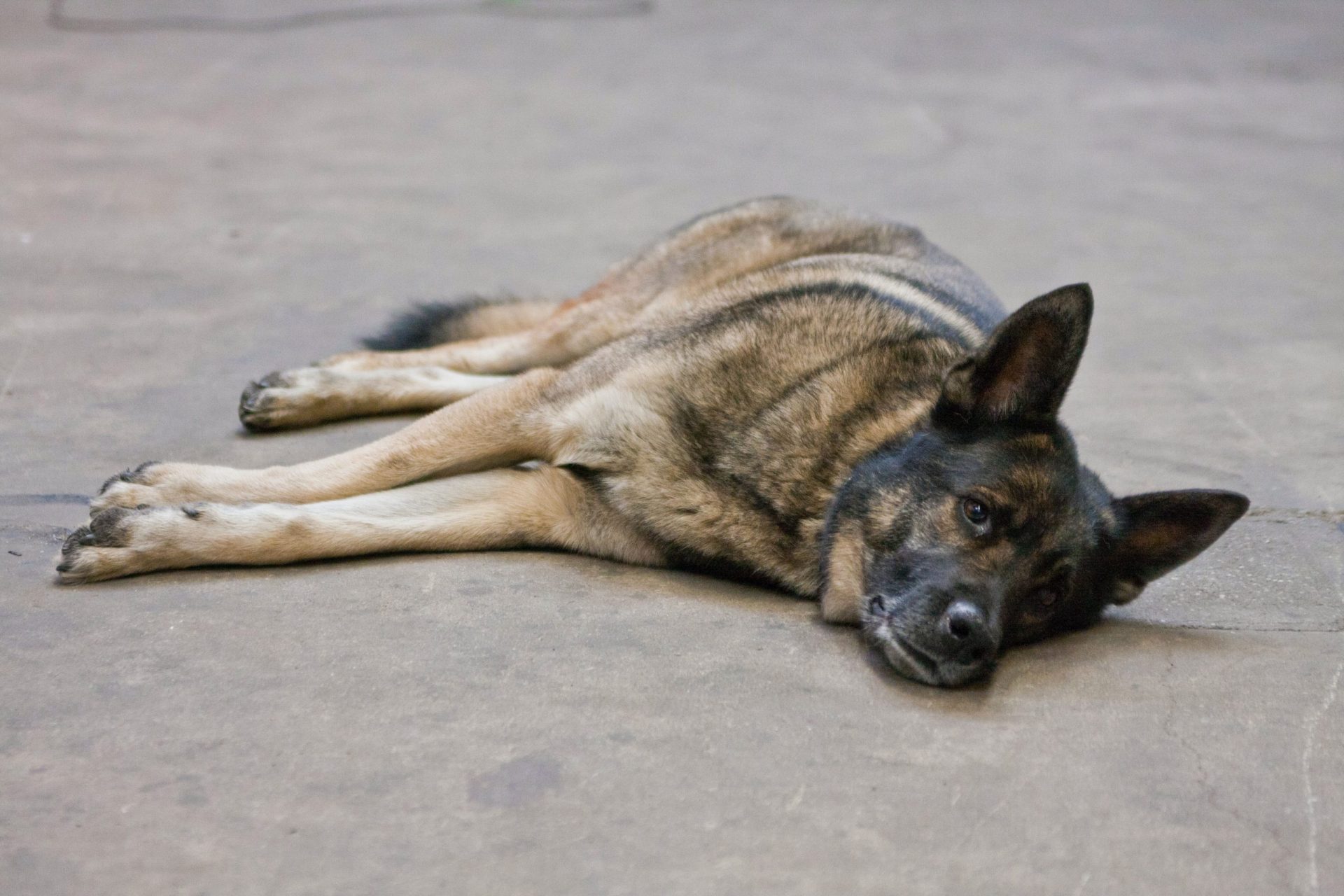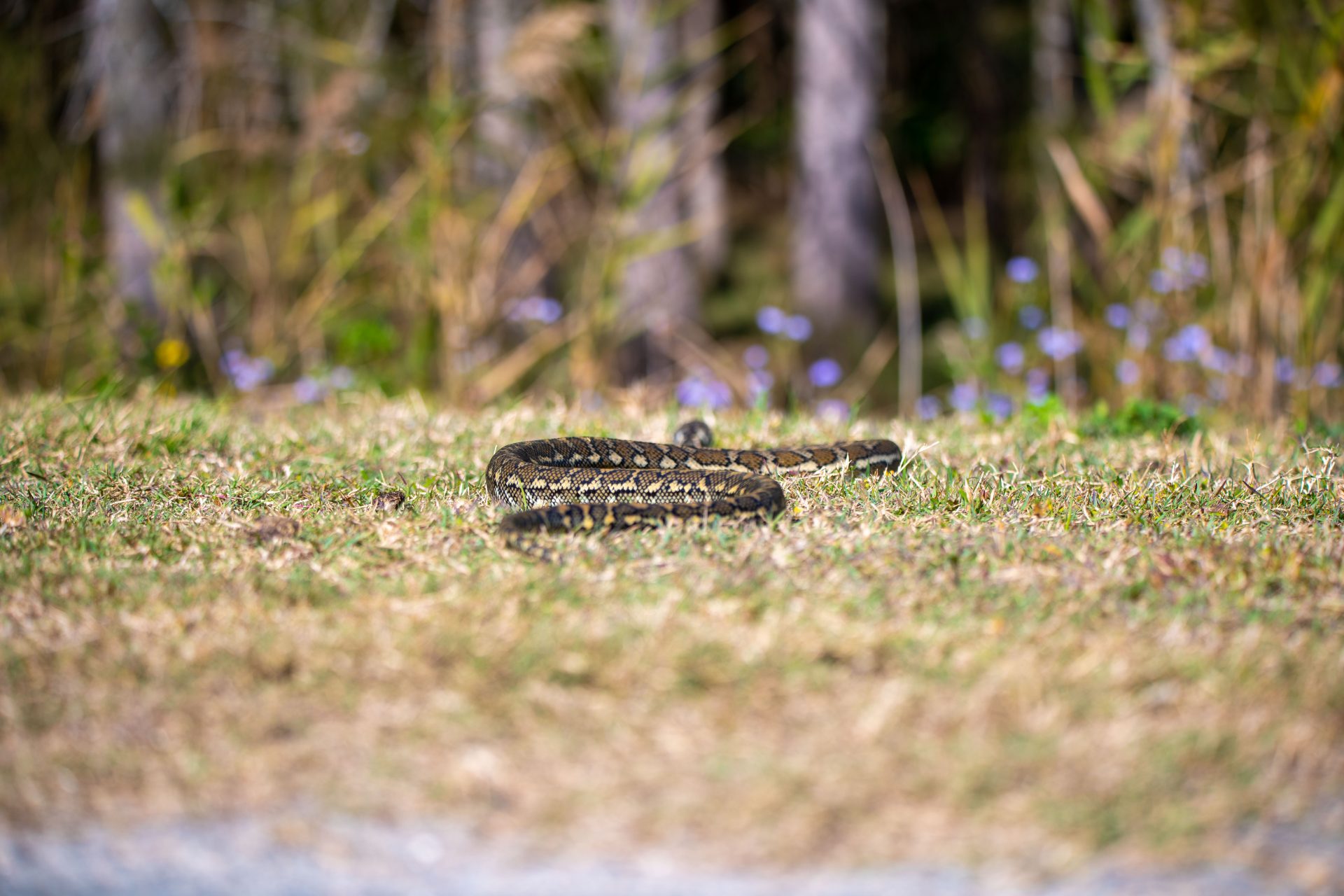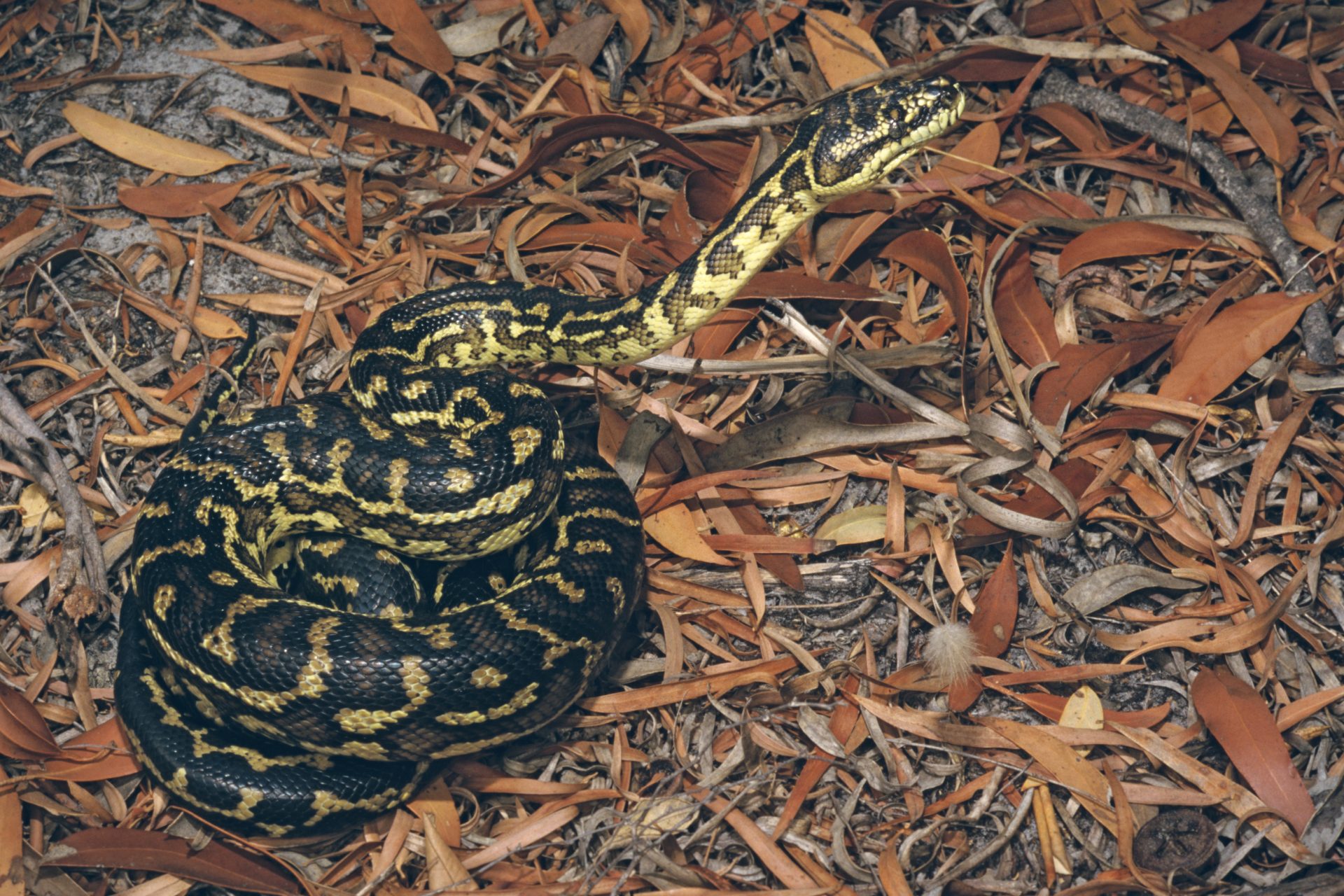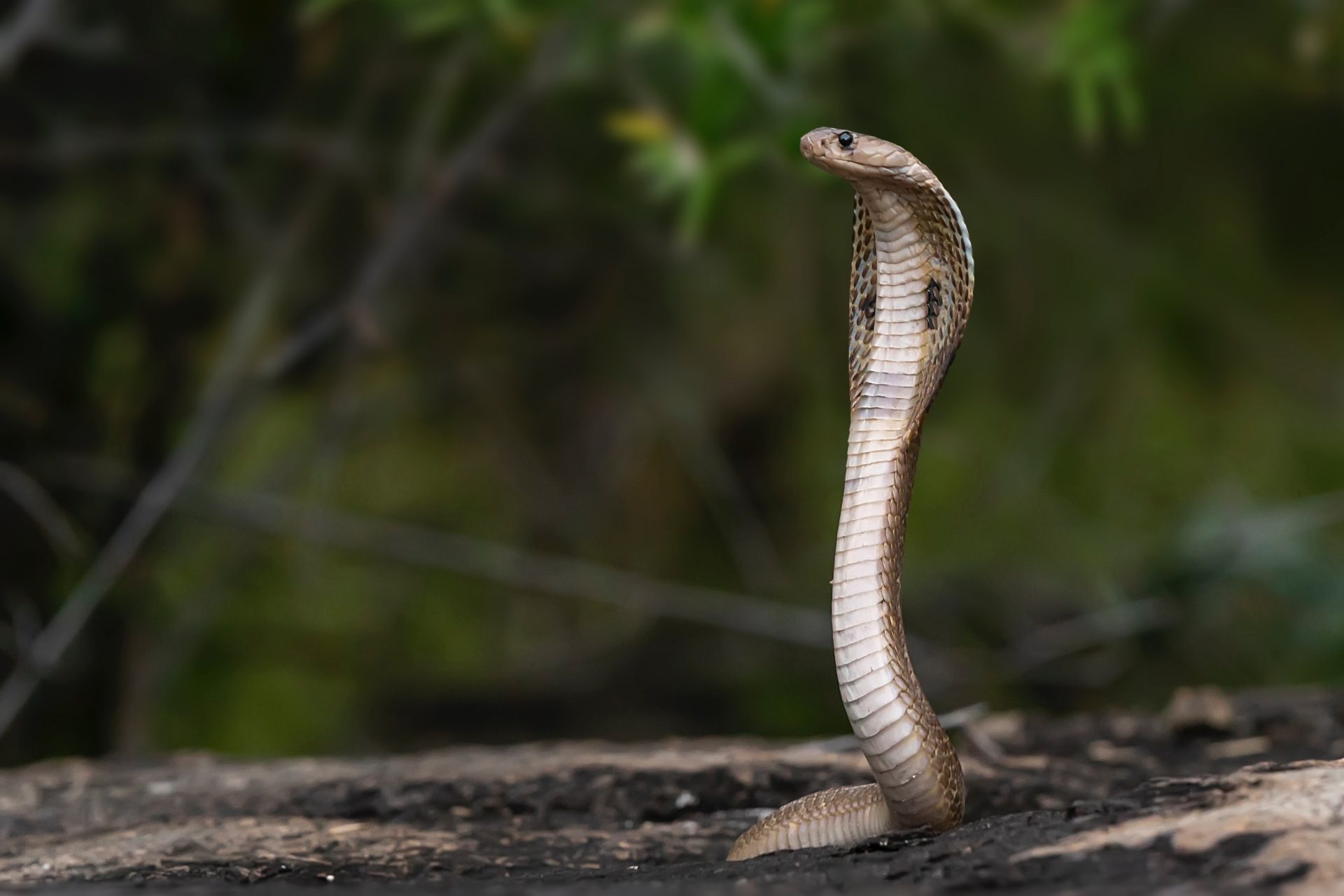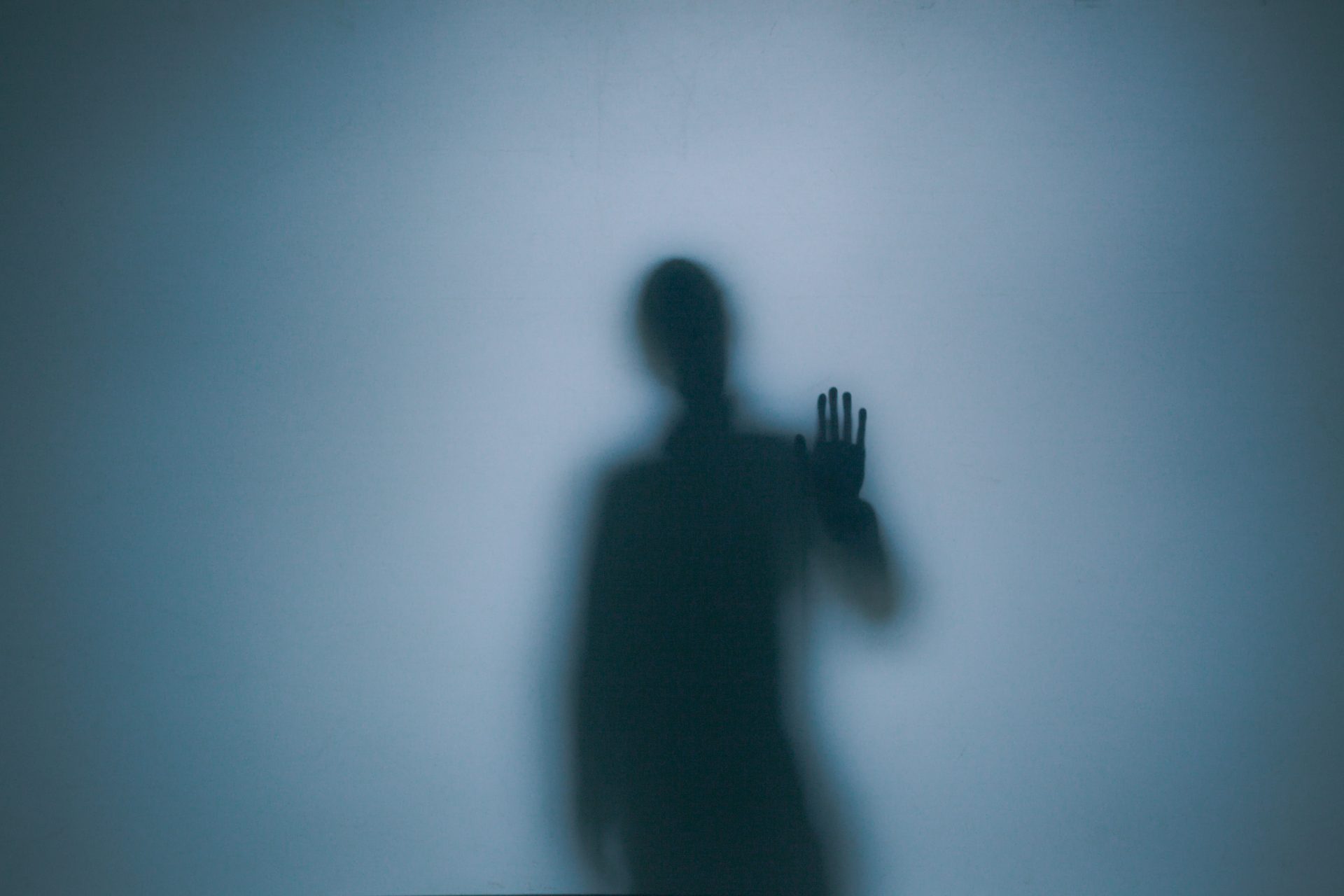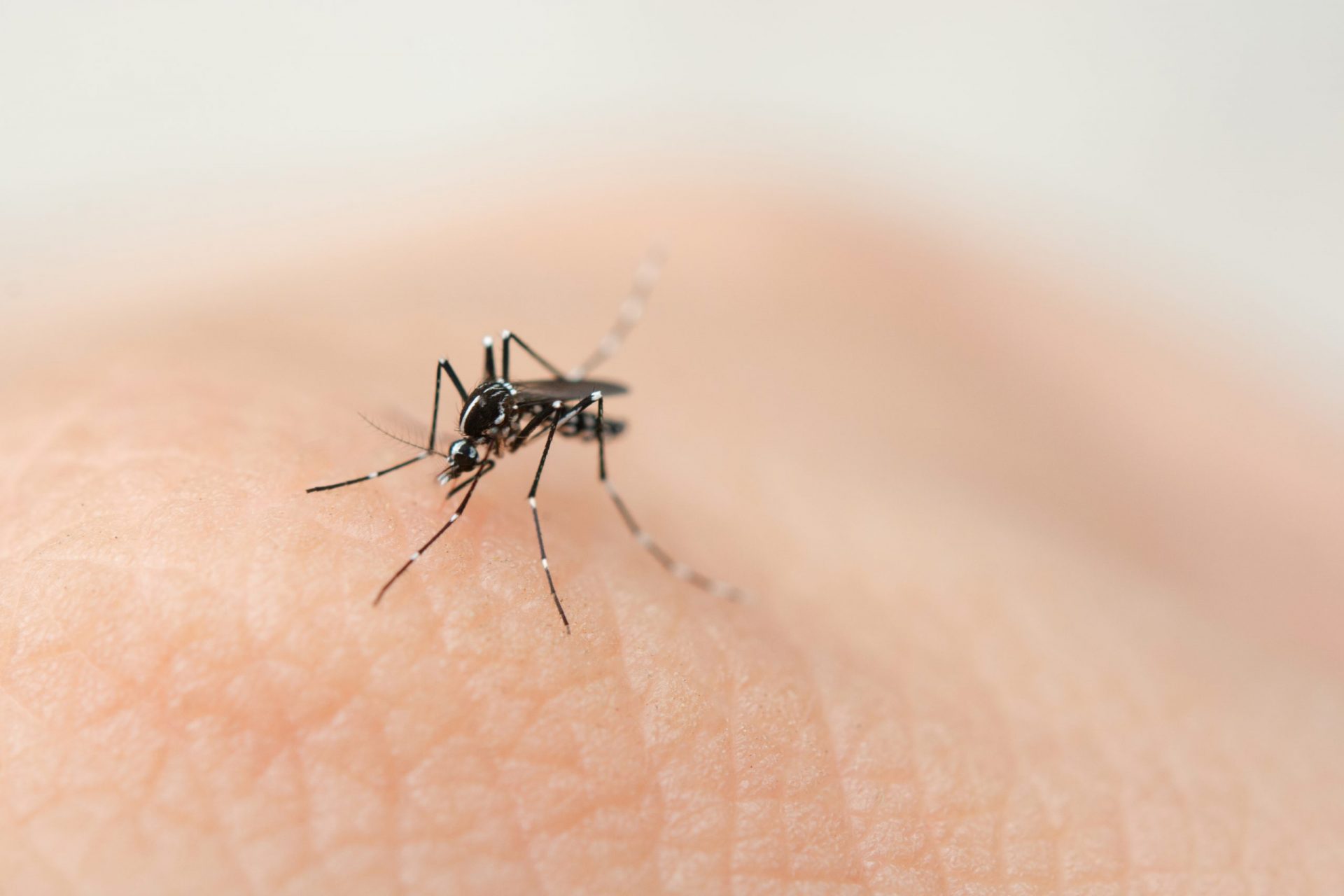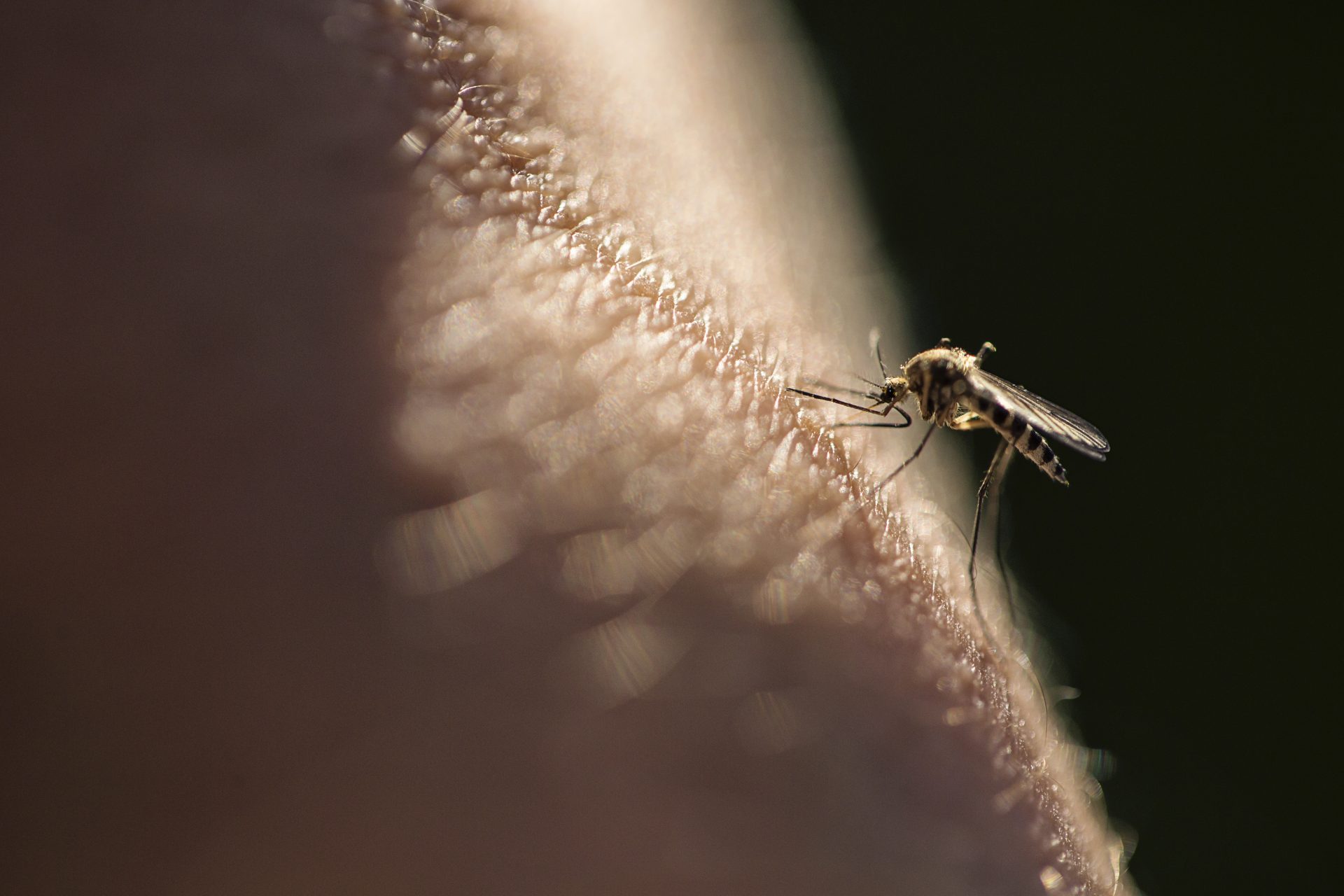Which animals pose the most danger to humans?
Humans sometimes feel overpowered in the face of nature, especially when they come face to face with some of the planet's most dangerous animals.
Every year, thousands of people die following a (bad) encounter with an animal. BBC Science Focus magazine has listed the ten animals that pose the most danger to humans... and the ranking is quite surprising!
The most dangerous animals on our planet are not necessarily the ones you might think of first. For example, sharks are often perceived as frightening and fearsome but they're not among the deadliest animals. Let's take a look at this top 10!
Lions are among the largest felines in the world. The male can indeed weigh up to 225 kilos and measure up to 2.50 meters in length. Their size and strength make them formidable predators.
Photo: Zdenek Machacek / Unsplash
This animal, which lives mainly in sub-Saharan Africa, uses its claws to inflict deep wounds on its prey. Its bite is so powerful it could crack a man's bones and skull.
Photo: Alexas_Fotos / Unsplash
According to BBC Science Focus, the lion kills around 200 humans a year. In August 2022, for example, a lion killed a man who entered his enclosure at a zoo in Ghana.
Did you know that a hippopotamus can weigh up to 3.5 tons? This herbivorous animal may seem, at first glance, harmless, but it is not. The hippopotamus can actually be very aggressive, especially when it wants to defend its territory.
Of course, given its imposing size, the hippopotamus possesses considerable strength, and it is better not to approach too closely. When attacking humans, they use their long canines, and a single bite can be fatal.
Photo: Dušan Veverkolog / Unsplash
In 2018, a Taiwanese tourist died from a hippo bite in Kenya. He had come too close to the animal to photograph it, now that's a scary encounter!
Elephants are the largest land mammals on our planet. African elephants can weigh up to eight tons, and up to five tons for Asian elephants. Although they are peaceful and social animals, their behavior is unpredictable, especially when scared.
Photo: Nam Anh / Unsplash
An elephant's strength is such that a simple step can kill a human. In reality, as BBC Science Focus explained, elephants attack humans in different ways: either by trampling, using their trunks to throw humans to the ground, or ripping them open with their tusks.
Photo: Wolfgang Hasselmann / Unsplash
In short, its best is not to bother elephants. In January 2022, a Saudi tourist was trampled to death by an elephant while on a safari in a national park in Uganda.
With their sharp and jagged teeth, crocodiles are particularly dangerous animals for humans. When they feel threatened in their territory, this reptile does not hesitate to attack. Its agility and speed in the water allow it to surprise its prey.
Photo: Thomas Couillard / Unsplash
Crocodiles can be cruel to their victims. They can kill a human by biting it, but also by dragging it underwater, thanks to their strength, or by afflicting it with violent shocks. In 2017, a 40-year-old was attacked by a crocodile in Australia when he wanted to cross a river near Kakadu National Park (Northern Territory).
Photo: Leon Pauleikhoff / Unsplash
There are many species of scorpions in the world, and not all of them are poisonous. But about twenty of them carry a toxin capable of killing a person. These scorpions mainly live in hot and arid habitats, such as the Saharan regions, the deserts of the western United States, the Middle East, or South America.
Scorpions manage to kill humans by stinging them with their tails and injecting them with their deadly venom. According to BBC Science Focus, they kill around 3,300 people every year. Small animals are sometimes the most dangerous...
Photo: Alexey Demidov / Unsplash
These insects have a repulsive appearance, and disgust us all the more when we learn that they can lead to our death. Although they exist all over the world, the most dangerous are found in Latin America.
Unlike scorpions, it is not their stings that are dangerous for humans, although they are painful, but their droppings. Transmission of the Trypanosoma cruzi parasite can indeed lead to Chagas disease, which can be fatal if not treated in time.
Although some breeds are impressive, even frightening, a dog attack does not usually directly result in the death of a human. Unless it is an infant or a child in the most terrible cases. However, a dog's bite can be very dangerous.
Photo: Drei Kubik / Unsplash
In fact, in the poorest regions of the world, in Africa and Asia, dogs sometimes transmit rabies to humans through bites. The World Health Organization (WHO) even states that "dogs are the main source of rabies deaths in humans, contributing up to 99% of all rabies transmissions to humans."
Photo: Justin Veenema/Unsplash
Some species of snakes are extremely dangerous when they feel threatened, and we hope you never cross their path. The python, for example, has the ability to swallow an adult whole.
Photo: Leon Andov/Unsplash
Python first squeezes its prey, then chokes it, breaking its bones at the same time, and then swallows it with its extendable jaws. So they're really not as charming as they seem.
Nevertheless, it is some species' venomous bites that most often cause human death. According to figures from BBC Science Focus, snakes kill around 138,000 humans every year.
Photo: Nivedh P / Unsplash
If we consider, as BBC Science Focus did, that man is an animal, then people are among the most dangerous for their own species. At least, if you count the homicides.
According to the British magazine, there are approximately 400,000 people killed by intentional homicide in the world, each year. The highest homicide rates in the world are seen in Latin America.
Mosquitoes pose the deadliest risks to humans as they are vectors of serious diseases. Fortunately, not all mosquito species are dangerous. But the most dreaded are found in tropical and subtropical regions, where mosquito-borne diseases are endemic.
The mosquito alone kills approximately 725,000 people each year, by spreading deadly diseases such as malaria, dengue fever, the Zika virus, and even chikungunya. Beware of small animals! They seem to be the most dangerous...
More for you
Top Stories



